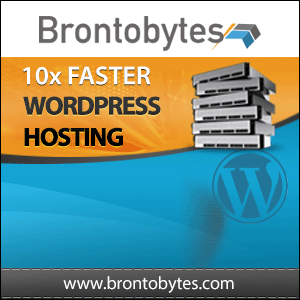It’s never easy for people to leave the comfortable salaried 9 to 5 to set up a company from scratch. Once they do, they often find the hours of a start-up tedious and the environment quite uncertain. However, this rarely dulls the excitement and sense of accomplishment that comes with following one’s passions.
It’s also never lost on new entrepreneurs that how they manage their finances is a huge determinant of how successful their ventures will be. The early stages’ goal is always to minimize expenses as much as possible until the business stabilizes.
If you are on this trajectory, here are five tips to help you slash your operating costs.
-
Forego Office Space
Regardless of the city or town, you operate from, office space is almost always one of the highest overheads for businesses. Luckily you don’t have to pay a cent for it. Think about it; if you are running a business where clients will rarely ever need to come to your office, it makes little sense to pay for one.
Graphic designers can work from home, tax accountants, content creators, bakers, customer service representatives, and many others. Not only will you save on office space, but you also save on utilities and service charges for the office space.
2. Track Your Spending
The first step to minimizing costs is understanding where your money goes. This is something you can determine by tracking all your spending right from the time you open your doors.
With this data at hand, you then need to go through your expenses and flag unnecessary spending or areas where you could cut costs.
As much as possible, try to avoid cash payments because these are hard to track. Also, resist the urge to hold money in cash because it is easy to be tempted to spend.
3. Think Creatively About Marketing
Marketing is not something you can completely fore-go when starting a new business. Ultimately, you will need to tell people about your products or services so they can come through the door.
While traditional marketing channels can get expensive, digital marketing is not. To be successful at digital marketing, you will need to familiarize yourself with blogging, email marketing, social media marketing, and so on.
The best thing about digital marketing is that you can have full-fledged campaigns at little or no cost. Think about social media platforms like Twitter and Facebook.
These accounts are free to open and run, bring you closer to prospective clients, and have been proven successful at converting.
4. Purchase in Bulk
Typically, when you buy in bulk, the cost for each unit is lower. This means that you get more for your money, saving you cash for other expenses.
If there are staple items that your business utilizes on the day-to-day, and you have enough storage space at your premises, bulk buying is worth considering. When you also factor in the delivery or transport costs for buying lower quantities more often, you find that you can make significant cost savings.
5. Make Smart Hiring Decisions
Salaries and wages can significantly drive up the running costs of a business. While you can’t run the show alone, you must think creatively about your staffing needs.
For example, having remote workers can save you money on salaries and lessen the need for a huge office space which costs more. You can also automate tasks and hire consultants for one-off services as opposed to having full-time staffers.
Parting Shot
The truth is that there’s no one-off solution when it comes to cutting costs. Because every business operates in its own unique space and circumstances, cost-cutting must be personalized.
Use these tips to think widely about the specific things you can institute in your business to make cost savings. Every little bit counts.

Leave a Comment